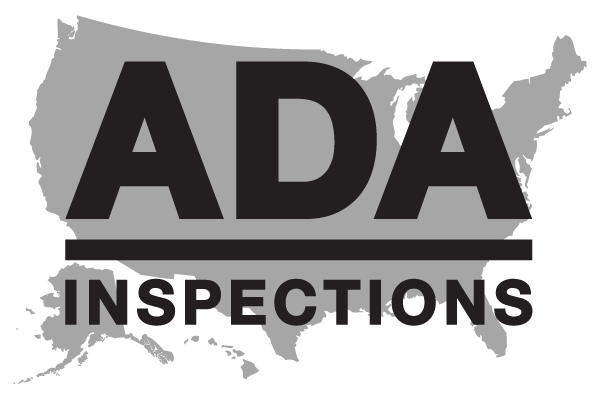Accessibility at the Department of Veteran Affairs
Information made available by VA Office of Construction and Facilities Management
VA Logo
The Department of Veterans Affairs (VA) has played a major role in formulating architectural accessibility policy in the United States. In 1968 VA was a major advocate for the Architectural Barriers Act (ABA), Public Law 90-480, which insured that buildings financed with federal funds were so designed and constructed as to be accessible to everyone. This law required all construction, renovation, or leasing with federal funds meet Uniform Federal Accessibility Standards (UFAS). These standards brought all Federal agencies under a common accessibility guideline for the first time. Today, VA follows Government Services Administration (GSA) and other standard-setting agencies in replacing UFAS with the Architectural Barriers Act Accessibility Standard (ABAAS) for Federal Facilities. ABAAS was made effective May 9, 2006 for new construction and alterations, June 30, 2006 for lease-construction facilities, and February 7, 2007 for all other leased facilities.
In addition, VA uses the Barrier Free Design Standard (BFDS) as a supplement to the ABAAS to better meet the barrier free needs of the Department of Veterans Affairs in its health care facilities. An example of these differences in the BFDS is the requirement for turning spaces. The ADA and ABA require accessible turning space to be 60 inches in diameter or T-shaped space. The graphic below is representative.
Turning Space Dimensions in ADA and ABA



